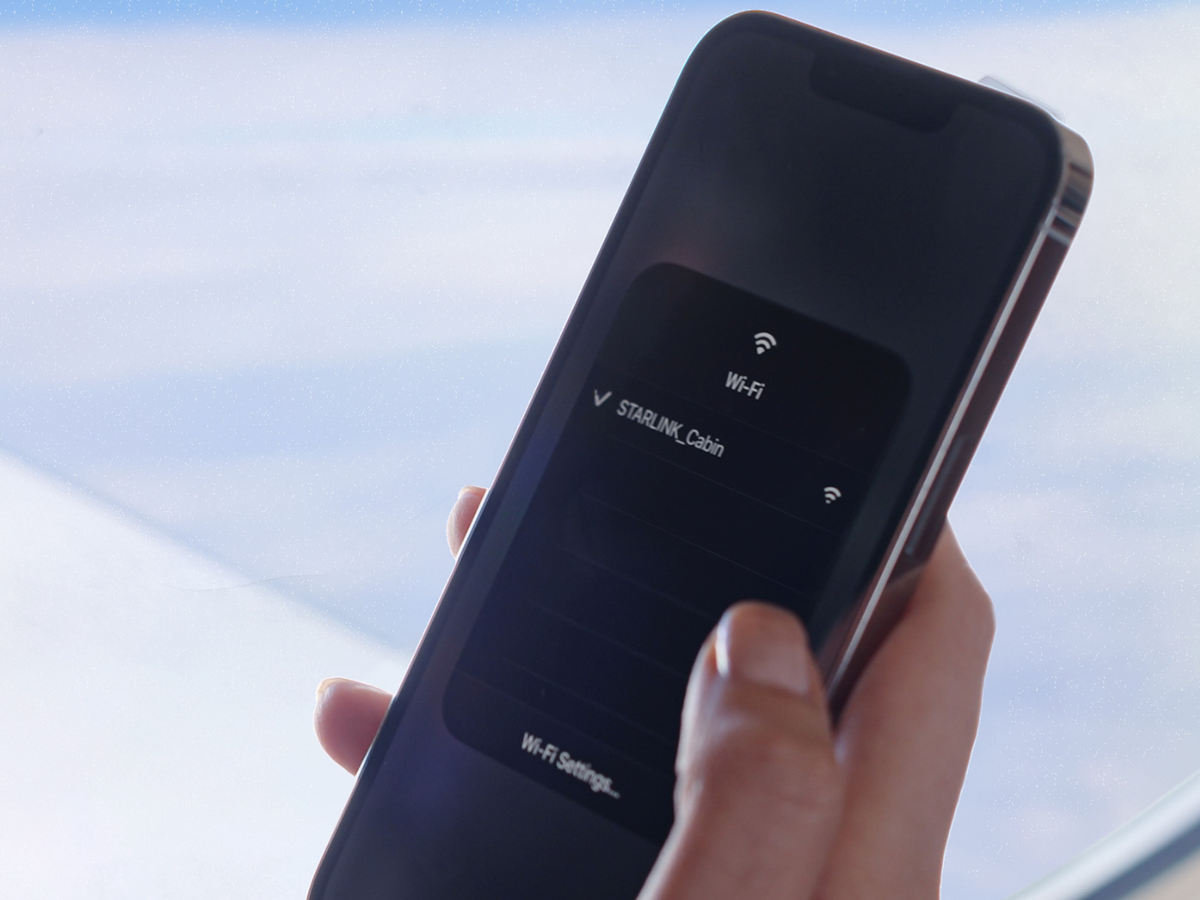SpaceX unveils Starlink Aviation to bring high-speed space internet to planes

- Oops!Something went wrong.Please try again later.
SpaceX has launched a new service to provide planes with high-speed internet through its Starlink satellite constellation.
Starlink Aviation is the fourth space internet product from SpaceX, following residential, business, motorhomes and maritime.
SpaceX boss Elon Musk tweeted: “Internet in airplanes will feel the same as if you were accessing internet at home!”
SpaceX claims Starlink will be capable of delivering up to 350 Mbps to each plane, enabling every passenger onboard to simultaneously stream HD content.
“With latency as low as 20ms, passengers can engage in activities previously not functional in flight, including video calls, online gaming, virtual private networks and other high data rate activities,” Starlink’s website states.
“As the world’s largest satellite constellation with coverage over land, the oceans and polar regions, Starlink is positioned to connect passengers wherever your flight routes evolve.”
The hardware needed to connect a plane to the Starlink network – an Aero Terminal receiver, power supply and harnesses – will cost aviation customers $150,000, with a monthly subscription costing between $12,500 to $25,000 for unlimited data.
Deliveries are scheduled to start in mid-2023, with pre-orders open for a $5,000 deposit. Early deals are already reportedly in place with Hawaiian Airlines and a charter company, according to CNBC.
SpaceX has launched nearly 3,500 Starlink satellites into low-Earth orbit to date, with plans to grow it to a 12,000-strong satellite network.
The project has faced criticism from some astronomers, who claim that the constellation interferes with observations of the night’s sky from Earth.
SpaceX previously told The Independent that it was coordinating with the European radio astronomy community and the US National Radio Astronomy Observatory in an effort to avoid disrupting critical astronomy activities.

